Ice is great for lots of science experiments and investigations. It's cheap, easy to make and always fun to experiment with.
Today, we are going to try a cool science trick where a wire cuts through an ice cube. Ice usually needs to be warmed up to melt, but you can also make ice melt by adding pressure to it. We do this by adding weights to a thin wire placed over the ice cube.
You'll need:
Thin wire, we used fishing rod wire
Ice cubes
1 or 2 weights
Container to rest the ice cubes on
How to move a wire through ice
Place an ice cube on top of a container. The ice cube should be stable.
Cut the wire to a length that will fit over the ice cube but not reach the surface when the weights are added.
Attach a small weight to each end of the wire.
Place the wire over the ice cube so the weights hang evenly over each side.
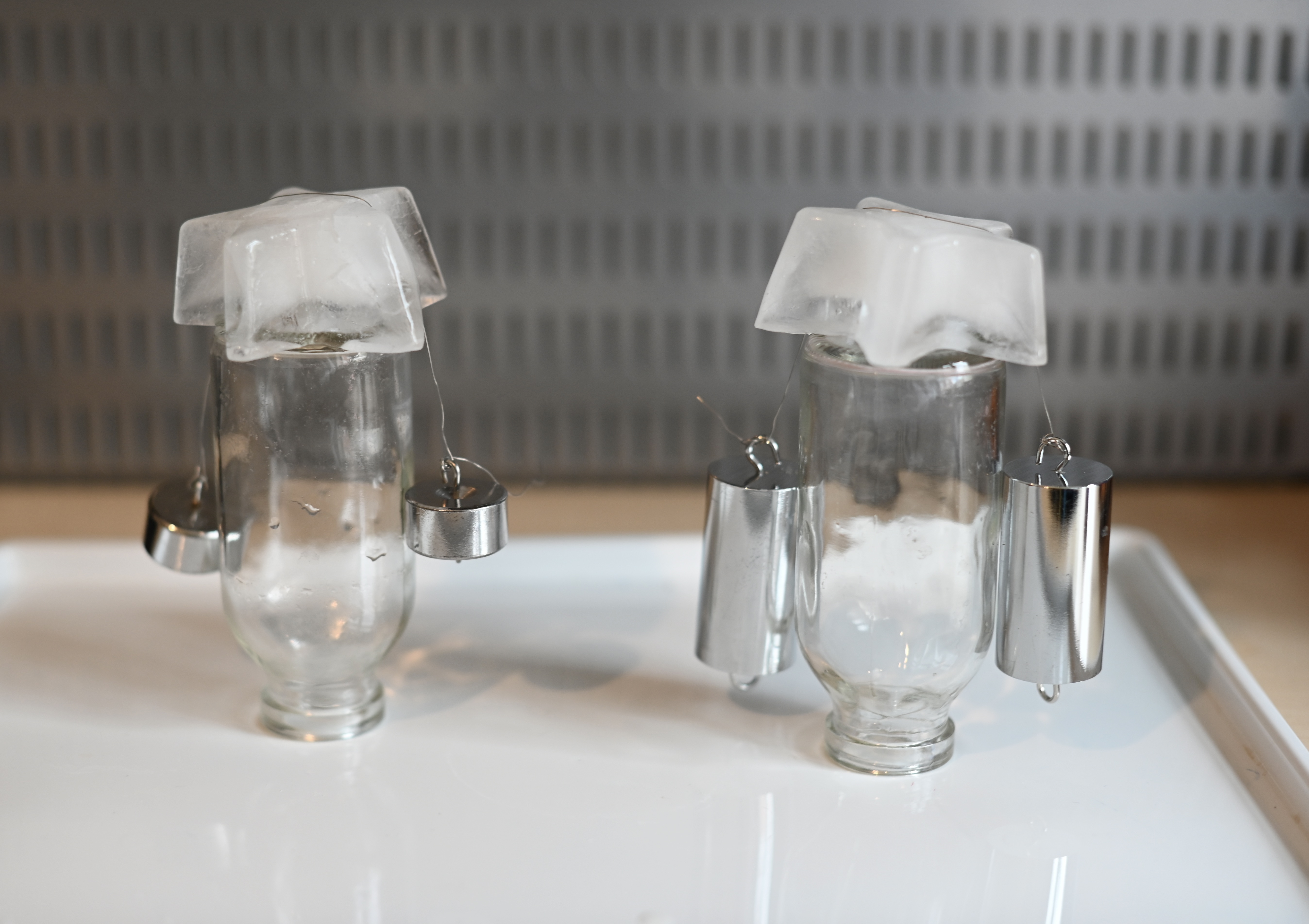
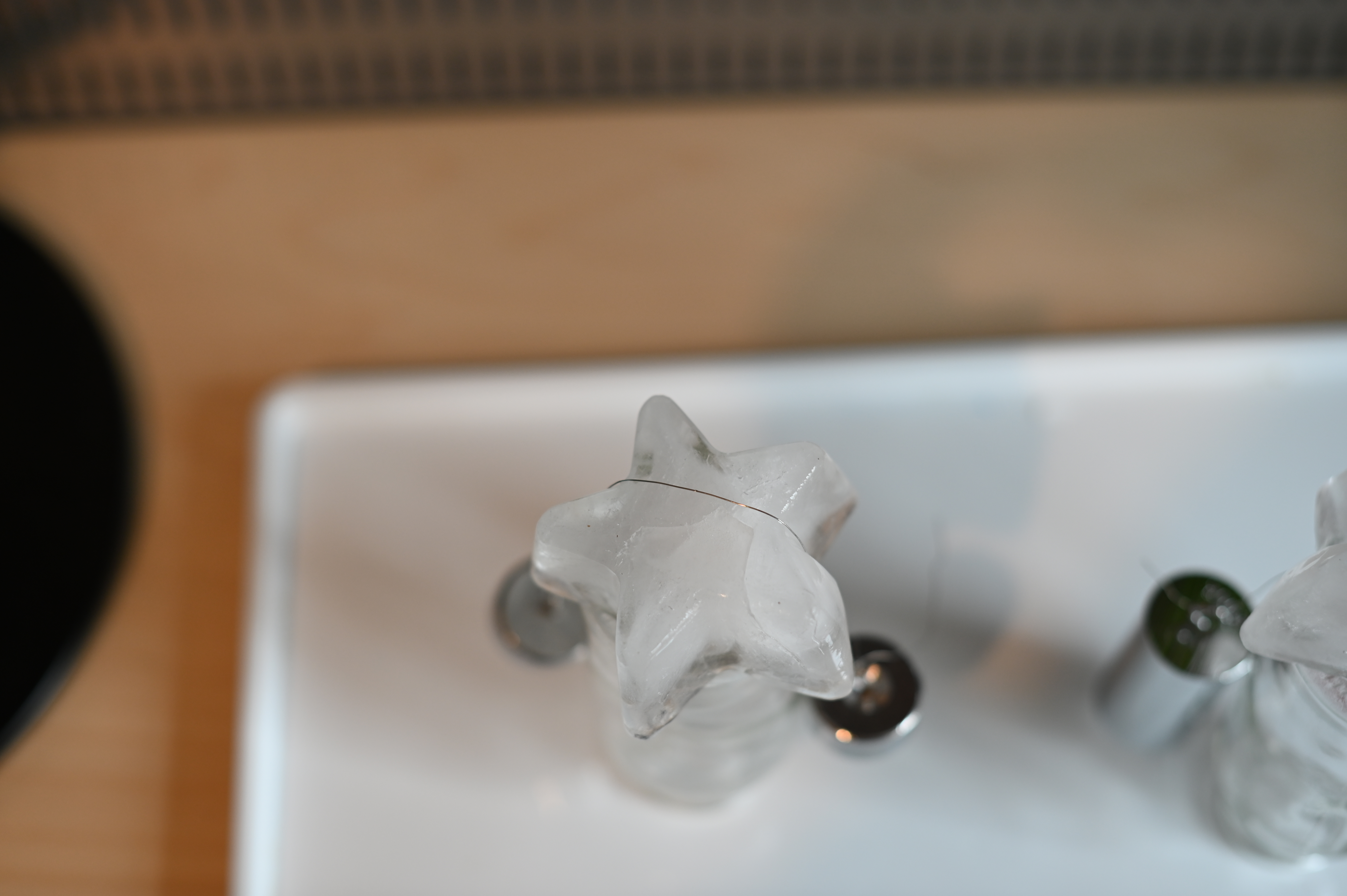
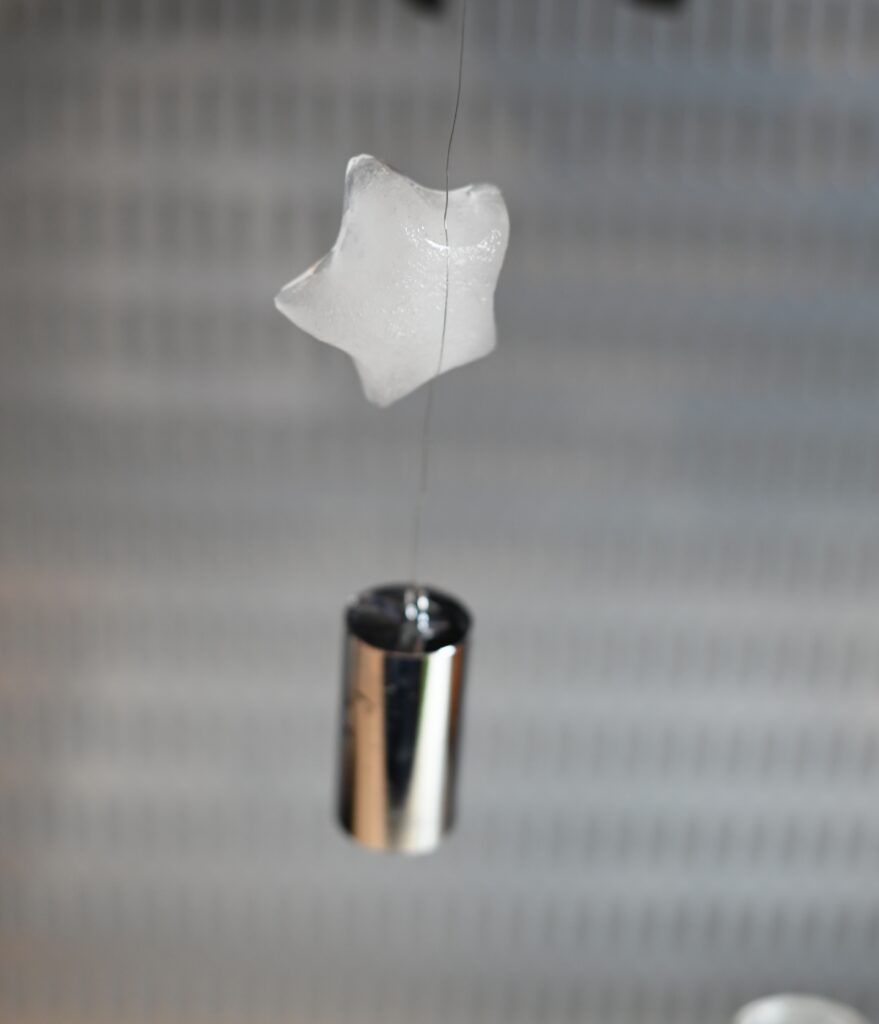
How does the wire cut through the ice?
When water freezes, it expands as the water molecules arrange themselves in an ordered arrangement which takes up more space than when the molecules are free.
The wire adds pressure to the ice under it, which melts the ice a little bit. When the wire moves down, the water on the top refreezes. This continues as the wire moves through the ice.
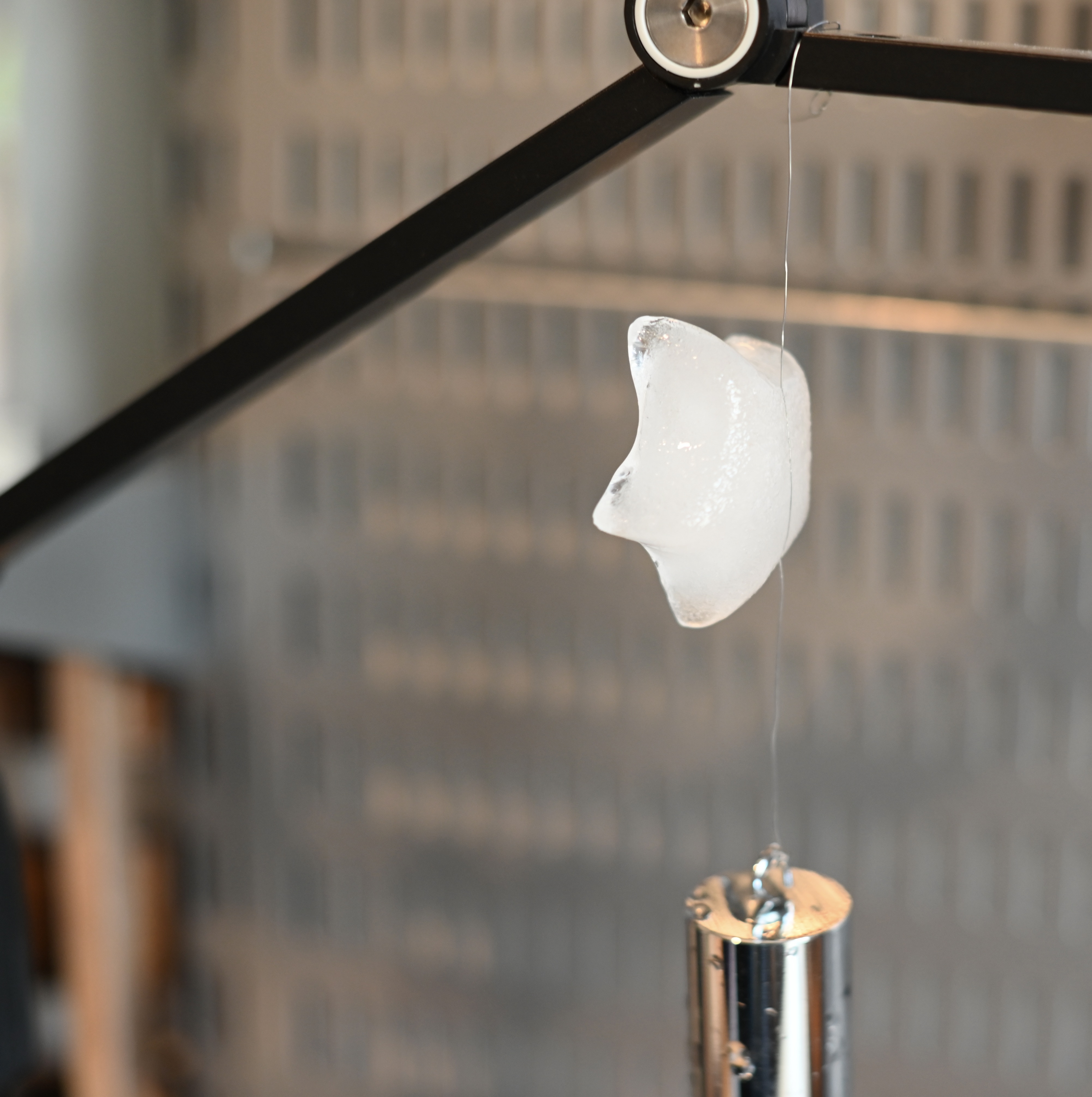
Don't forget to try my other ice experiments for kids!
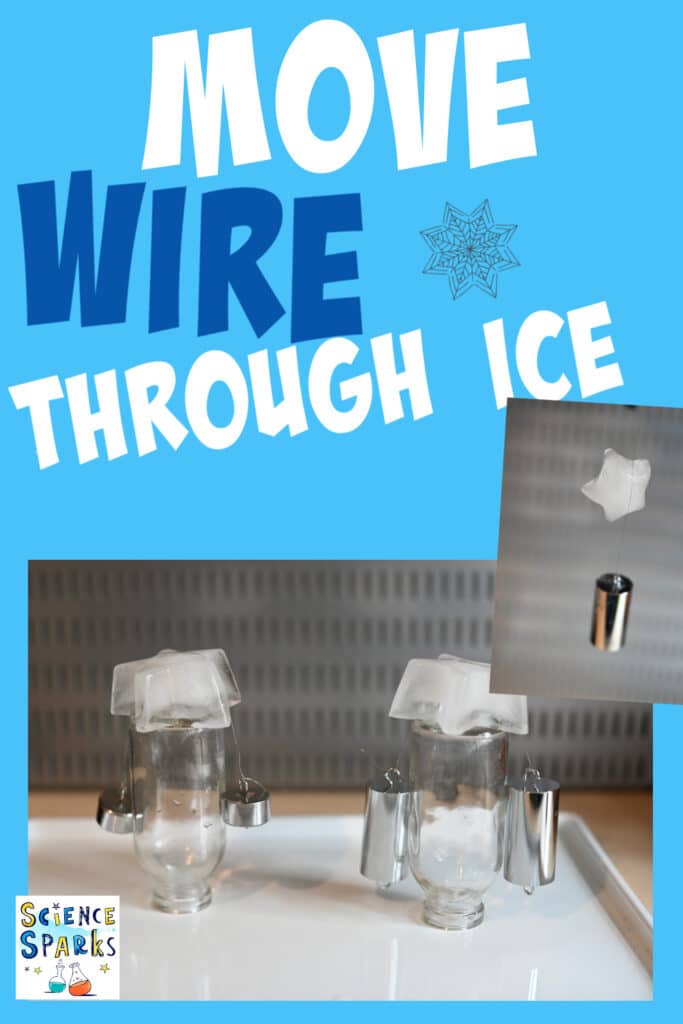
Last Updated on May 2, 2023 by Emma Vanstone
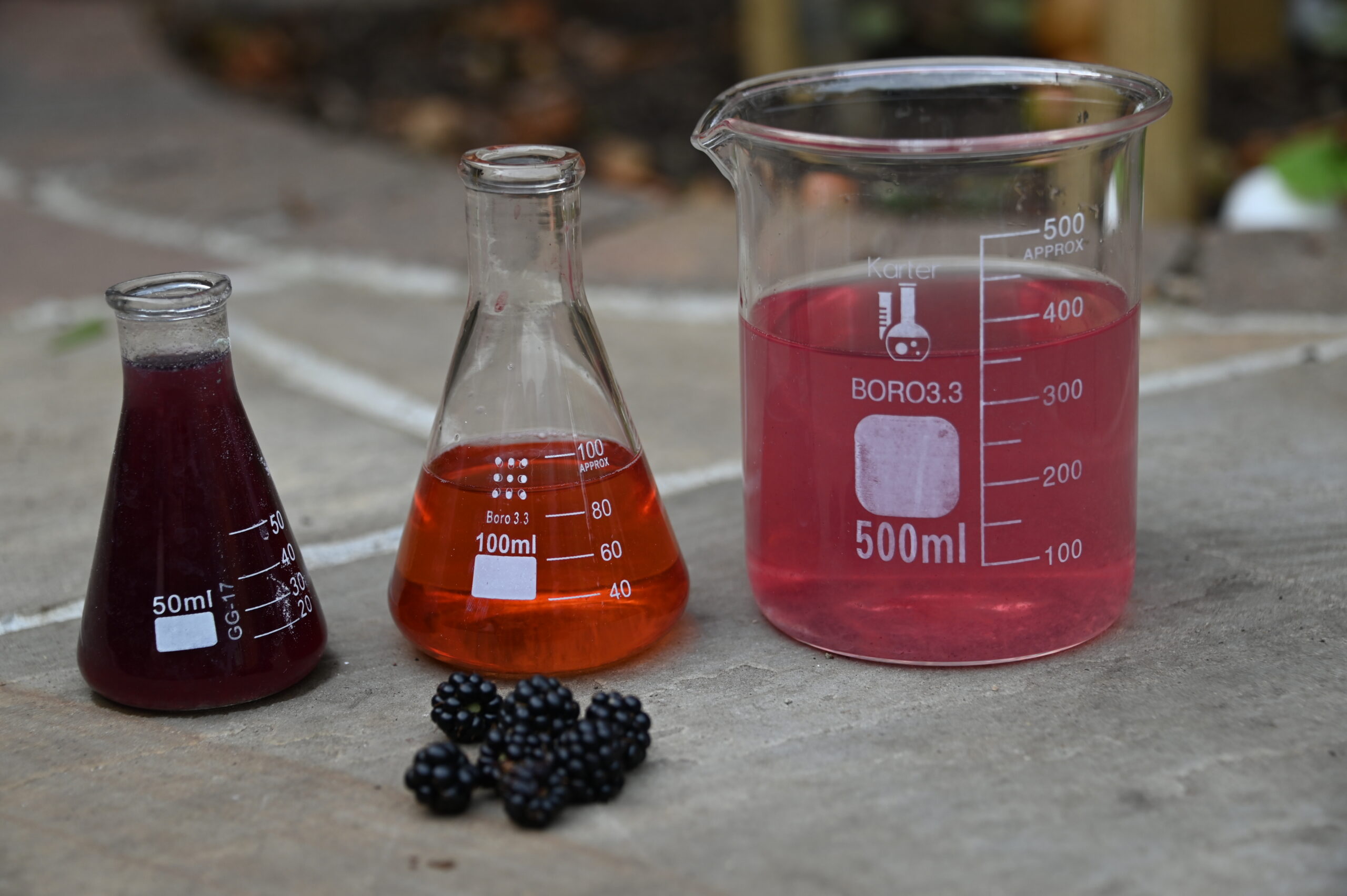
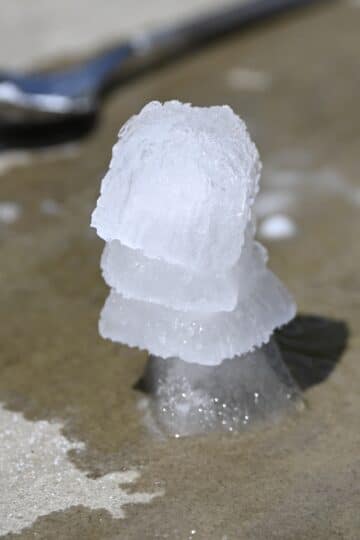
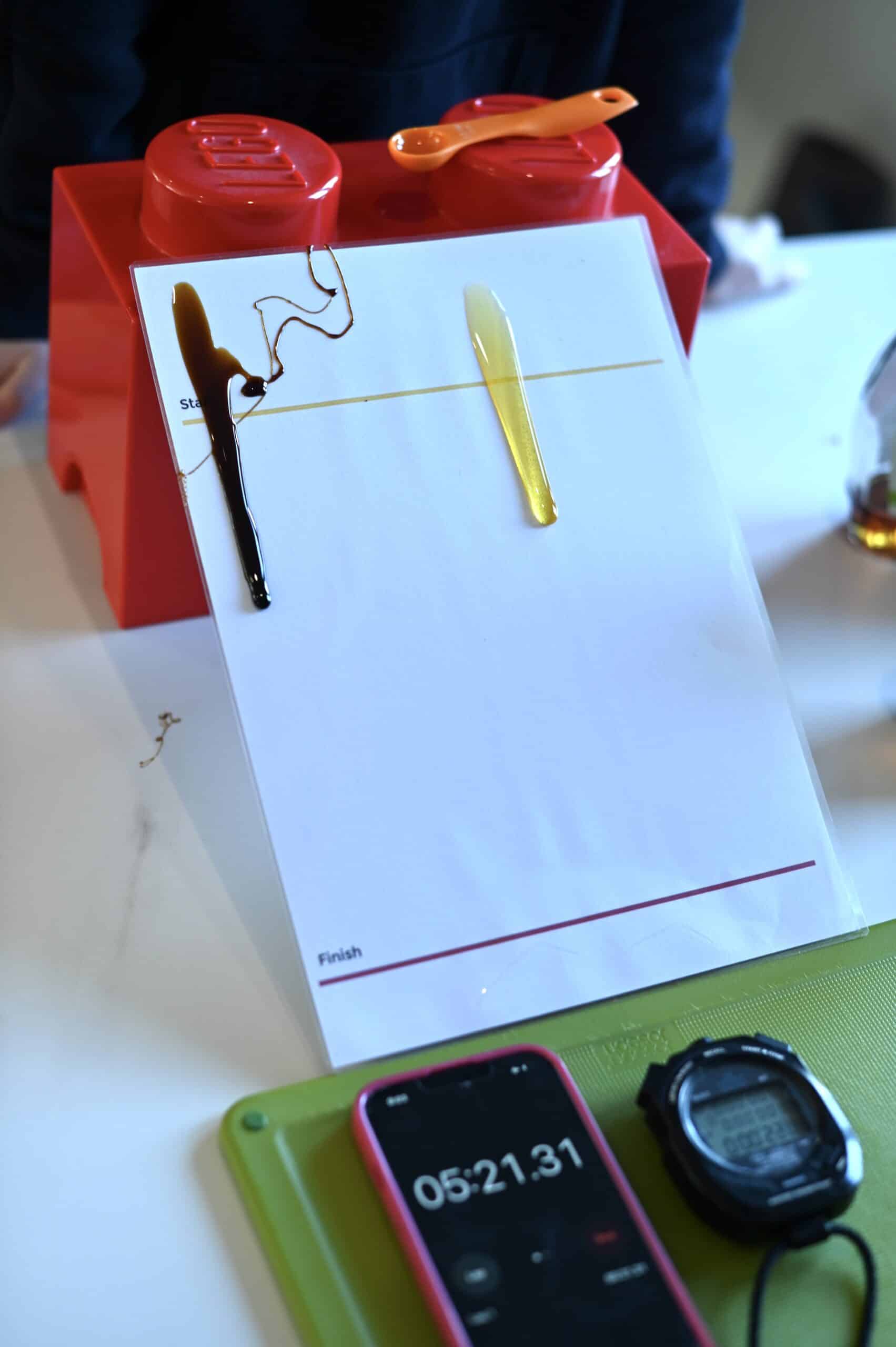
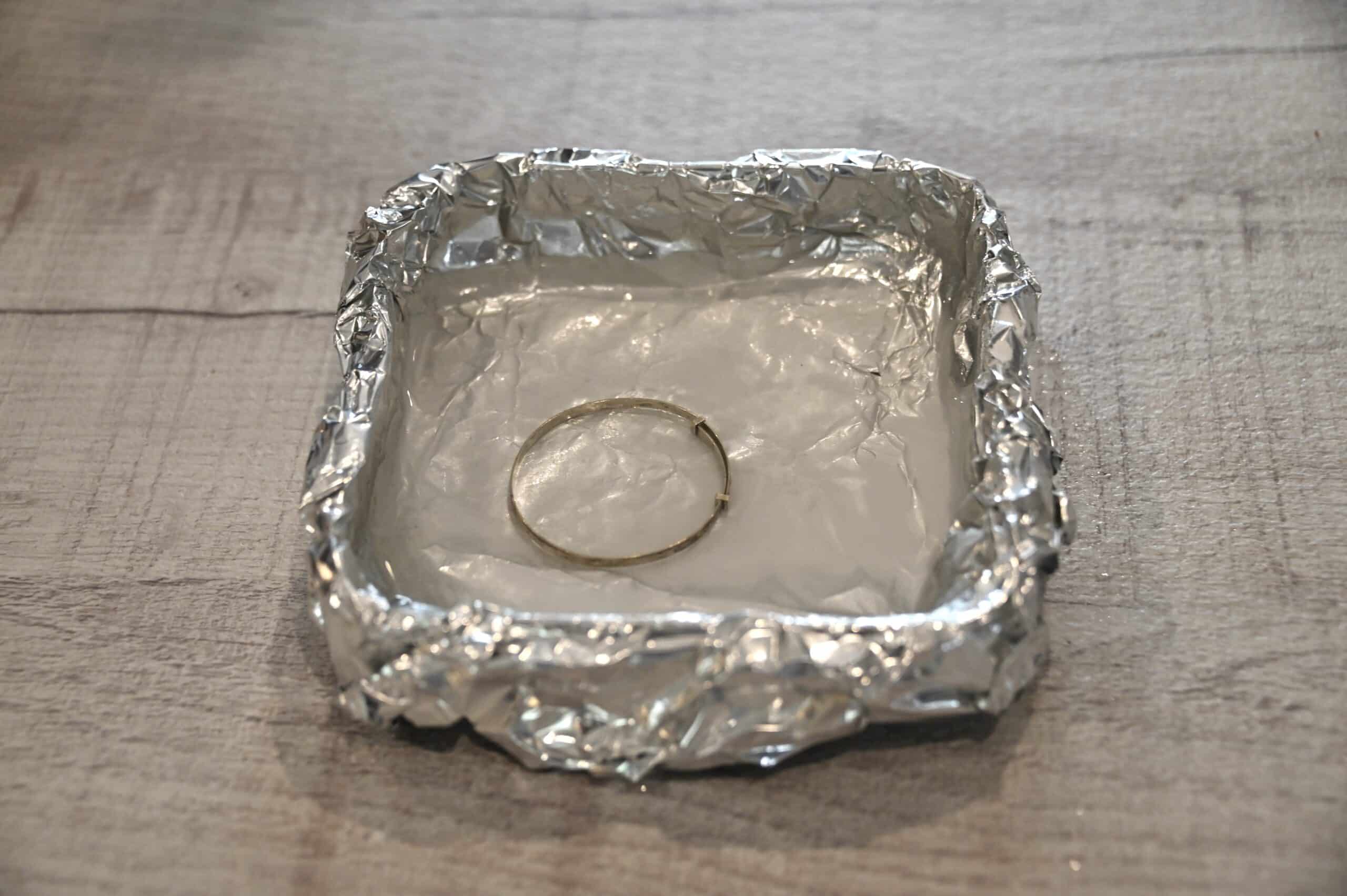
Shiloh says
That is a very very cool experiment. Ice just has so many interesting properties. I want to do this with my kids.:)
ScienceSparks says
Let us know how you get on! x
maggy,red ted art says
Wow! A whole week of ice play. What great fun!!! Love all the different experiments to date...
Thank you for sharing on Kids Get Crafty!
Maggy
ScienceSparks says
So glad you like them! Thanks Maggy!